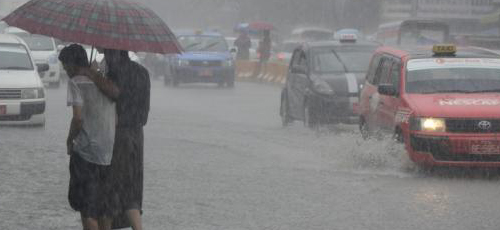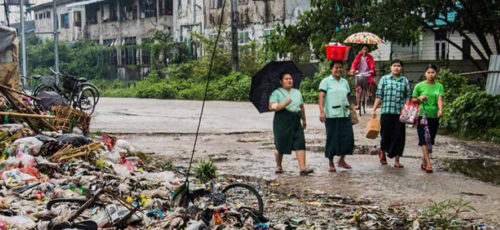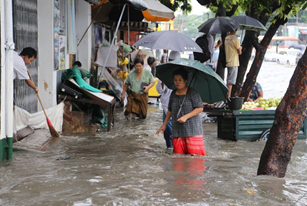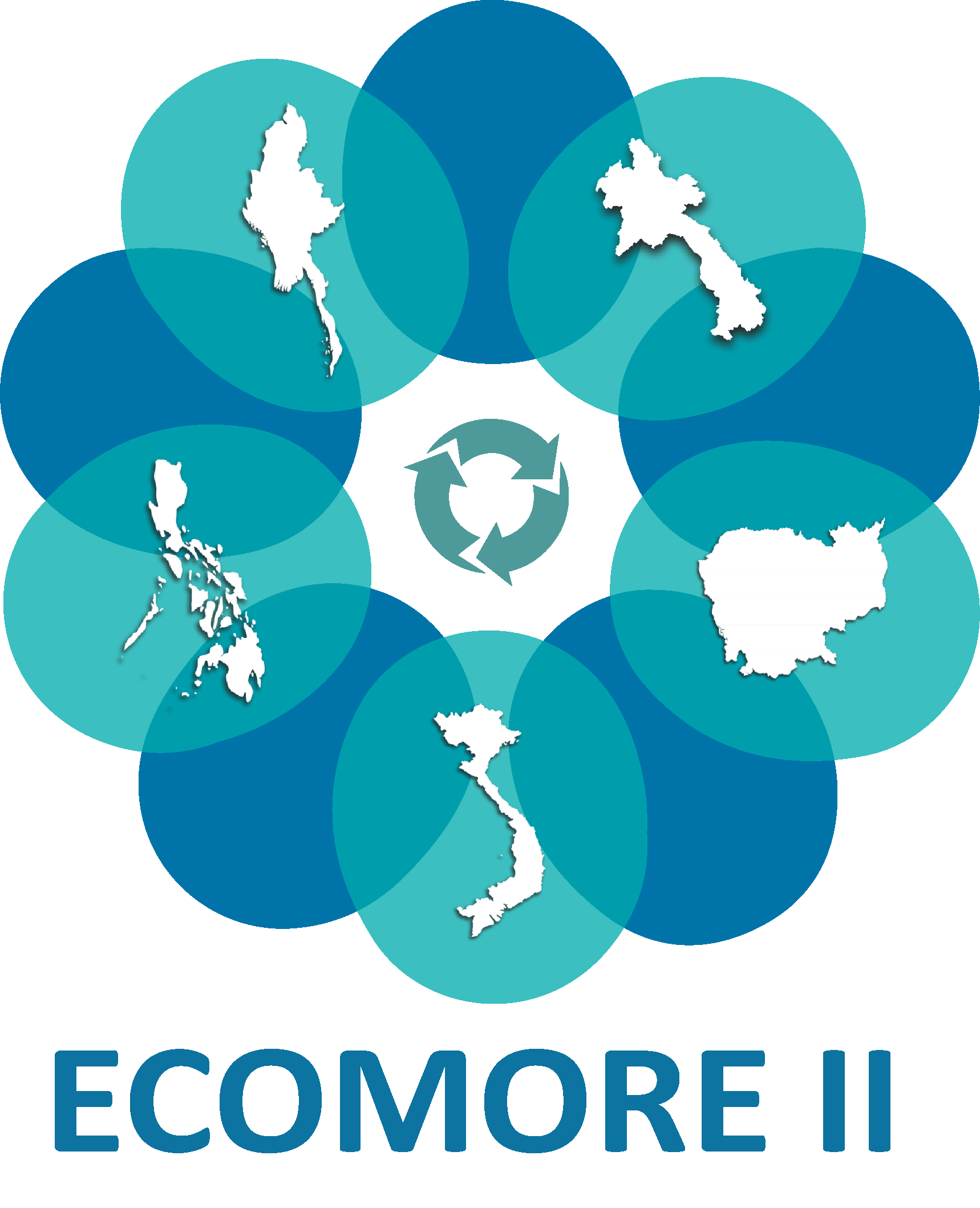Lab and hospital capacity building can improve post-disaster management of emerging diseases
Context
Every year there are about 500 000 cases of leptospirosis in the world with a fatality rate of 5% to 15% for conventional forms of this disease. Today leptospirosis is well identified as a re-emerging worldwide disease by WHO.
This trend to emergence of leptospirosis seems associated with so-called general changes although their influence has not been quantified until now. Among these changes, urbanization poses a public health problem with the encroachment of wild animals (especially rats) habitat in human habitat, favoring direct or indirect contact and transmission of zoonotic agents.

On the other hand, urbanization can potentially amplify the intensity of floods by ten folds and big cities are thus especially prone to the floods due to the presence of large paved surfaces, cemented, compacted or covered, more waterproof than the ground covered by vegetation and so generate more runoff.

More half of the urban population in developing countries currently does not have running water or waste collection, sewerage or drainage of rainwater. The increased risk of flooding in South East Asia and the continued growth of the population and urbanization are factors favoring the increase, the extent and severity of leptospirosis outbreaks. Unfortunately, slum dwellers or those working in urbanizing areas are also the most vulnerable people who cannot deal with additional health problems.
Although the influence of climate change is expected to increase the incidence of leptospirosis, this effect is difficult to quantify given the large number of variables involved in the occurrence of leptospirosis and the lack of specific indicators to characterize this threat. The effect of climate change is nevertheless proven worldwide and it should be considered by health authorities to apprehend the risk of exposure to Leptospirosis in the coming years.
The epidemiology of leptospirosis is complex and requires a One Health approach to better understand the disease. At the same time, an enhanced surveillance is needed to better assess the transmission dynamics of leptospirosis and the role of climate, environmental factors and animal reservoirs
Public Health concern
- – Epidemics of infectious or parasitic diseases which can occur after natural disasters pose challenges in terms diagnosis in emergency situation and in the medium term. However, early diagnosis, clinical and / or laboratory-confirmed can minimize the number of severe cases because early treatment of some of these infections (e.g. leptospirosis) is crucial to minimize morbidity and mortality (20%).
- – While the extreme weather events are a priori increasingly frequent in Myanmar, yet little is known about their health impacts and little research has been done to examine short-term and deferred health implications.

- – In publications, floods and extreme rainfall are regularly associated with leptospirosis outbreaks. It is critical to examine mechanisms by which climate change can affect ecosystems that are likely to drive an increase in the overall incidence of leptospirosis.
- – Vector-borne diseases and water-borne diseases are priorities because they were a concern that existed prior to climatic events/changes; among these diseases, dengue and leptospirosis are the most common in the region.
- – Surveillance and Early Warning are essential in order to minimize the impact of outbreaks that hit on specific populations on the poorest.
- – While it can be debated whether leptospirosis is an emerging disease, it appears evident that it is becoming an emerging public health problem due to increased contact between animals and humans and encroachment into wildlife habitat. Considered as a neglected disease at the world scale, it is of utmost importance for the WHO and most tropical countries.
Relevance of the project
- – Myanmar is prone to extreme weather events, especially very heavy rains floods and cyclones, all of which are predicted to increase because of climate change.
- – Flooding has always been one of the major natural hazards in Myanmar
- – In Myanmar, leptospirosis remains under-diagnosed. Laboratory diagnostic capacity should be strengthened especially in district and township-level hospitals. Animal sector should also be strengthened for surveillance of leptospirosis.
- – Curative treatment in diagnosed cases and antibiotic prophylaxis in areas of exposure rely on antibiotics commonly available in Myanmar (IV benzylpenicillin and oral doxycycline, respectively).
Primary objective
To set up the response capacity of Health authorities and Health community to reduce morbidity and mortality due to Leptospirosis and so to improve health of populations most affected by flood and heavy rainfall in urban and peri-urban environment
Secondary objectives
- To set up the capacity of the NHL to diagnose the main water borne diseases, especially Leptospirosis (Bacteriology Unit) but also Hepatitis A and E (Virology Unit) and Schistosomiasis (Parasitology Unit)) and to enhance differential diagnosis of Leptospirosis vs. Dengue.
- To raise awareness and hasten clinical management of Leptospirosis cases at hospital level and to document dengue positive cases in the cluster
- To determine an epidemic threshold for leptospirosis by considering a reference rate of infection outside any major climatic event.
- To identify pathogenic serotypes in the area.
- To involve private veterinarian in surveillance of leptospirosis through surveillance and diagnosis of the disease in dogs to be confirmed by the lab.
- To include a nested case-control study of leptospirosis, hospitalized patients with leptospirosis (positive cases) and lepto-negative hospitalized patients (controls), to investigate risk factors.
- To recommend a realistic surveillance system and outbreak management for Leptospirosis in post-disaster conditions.
